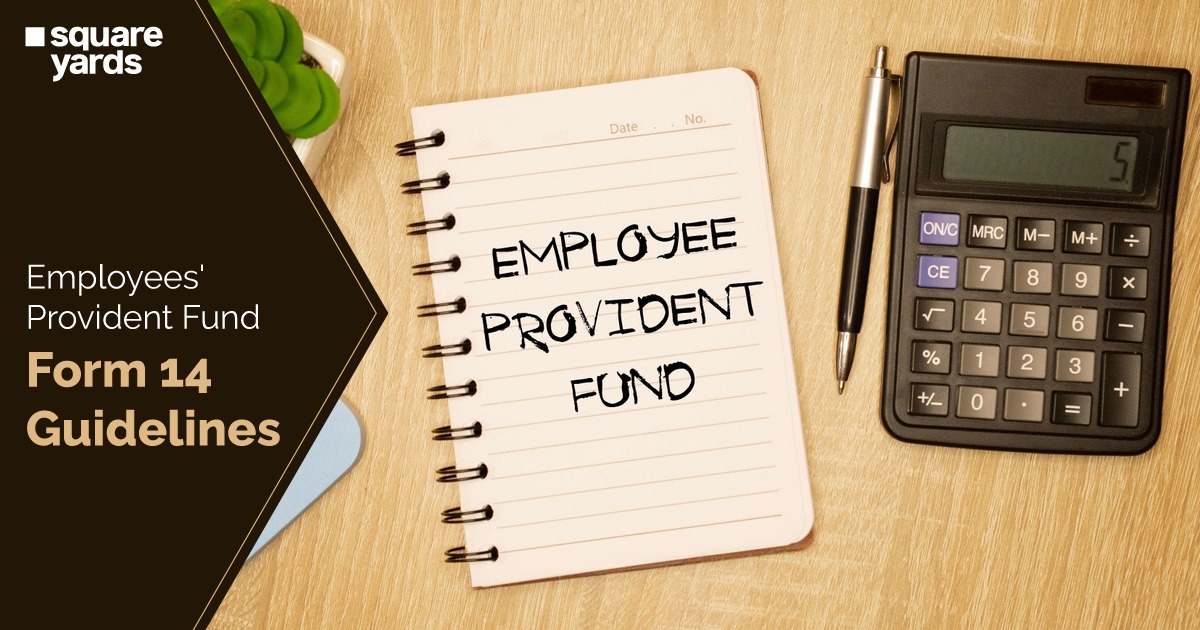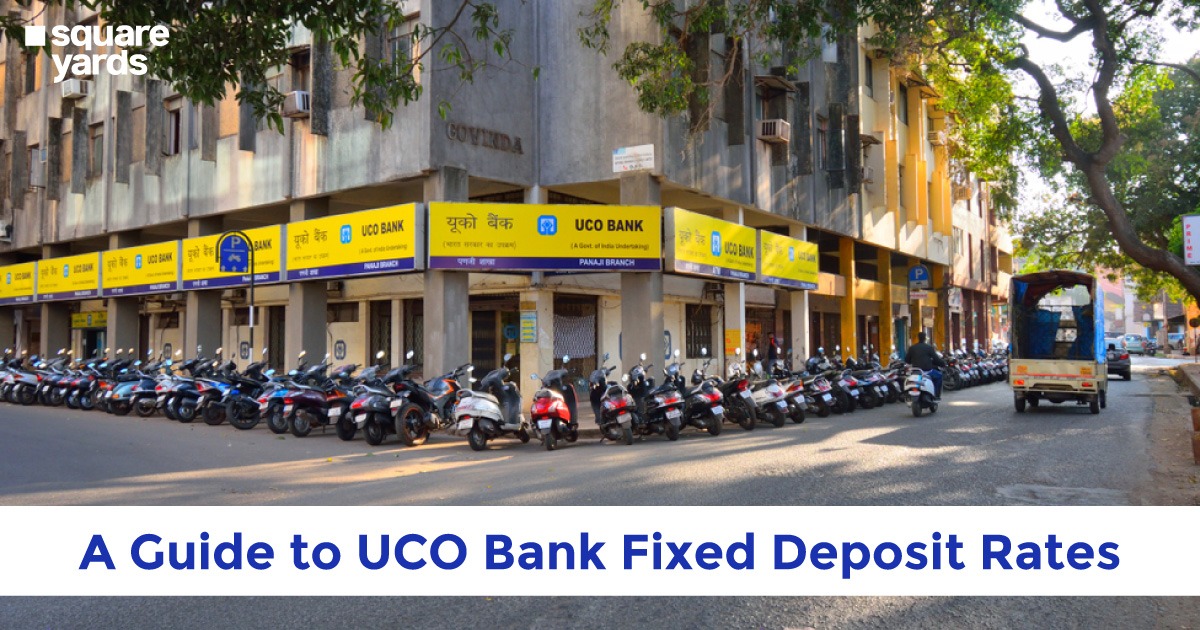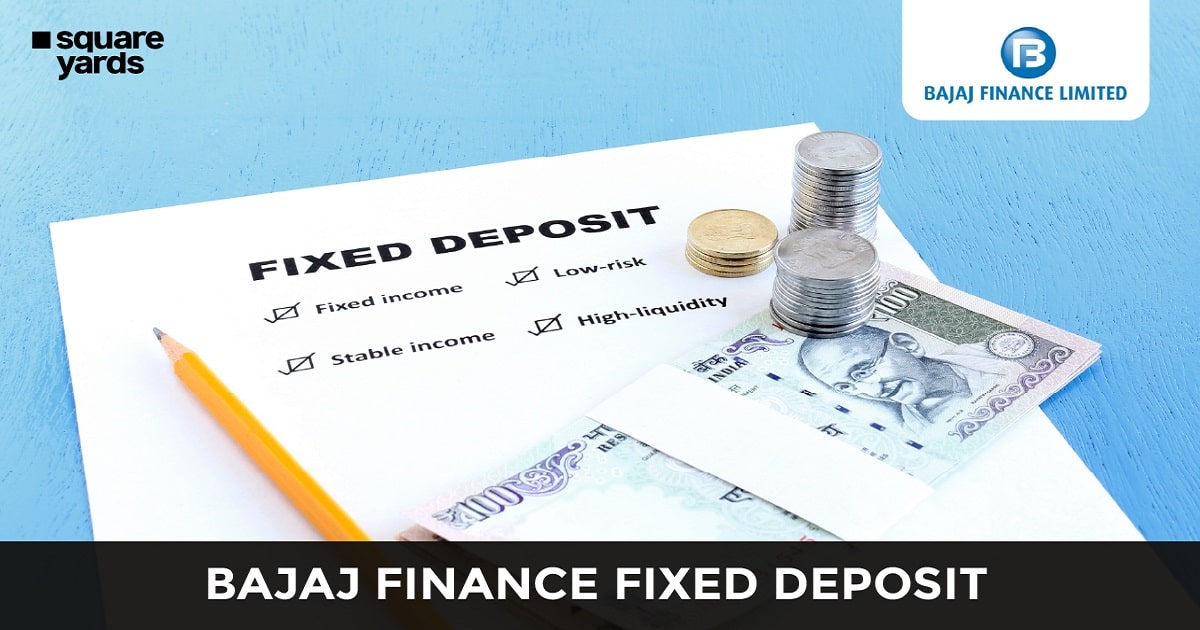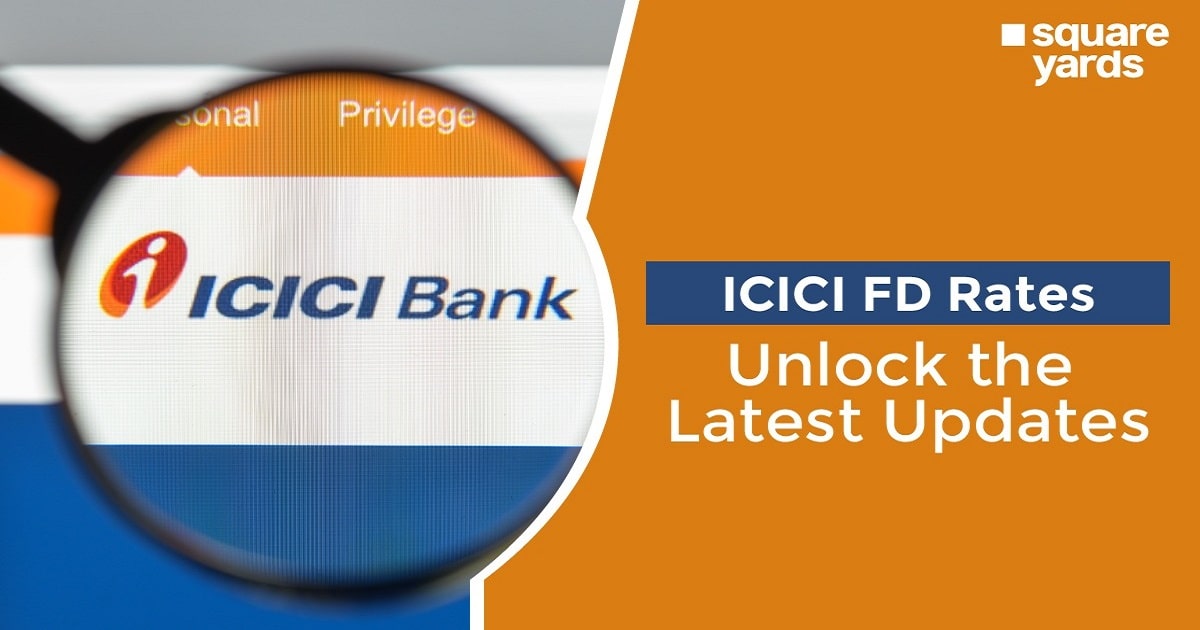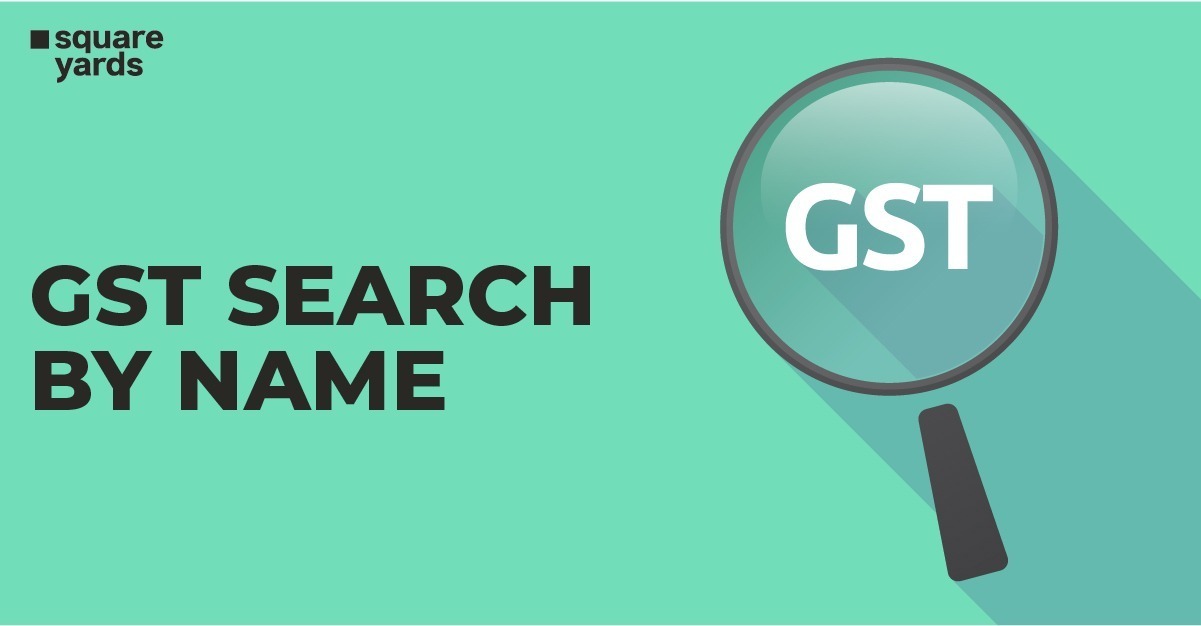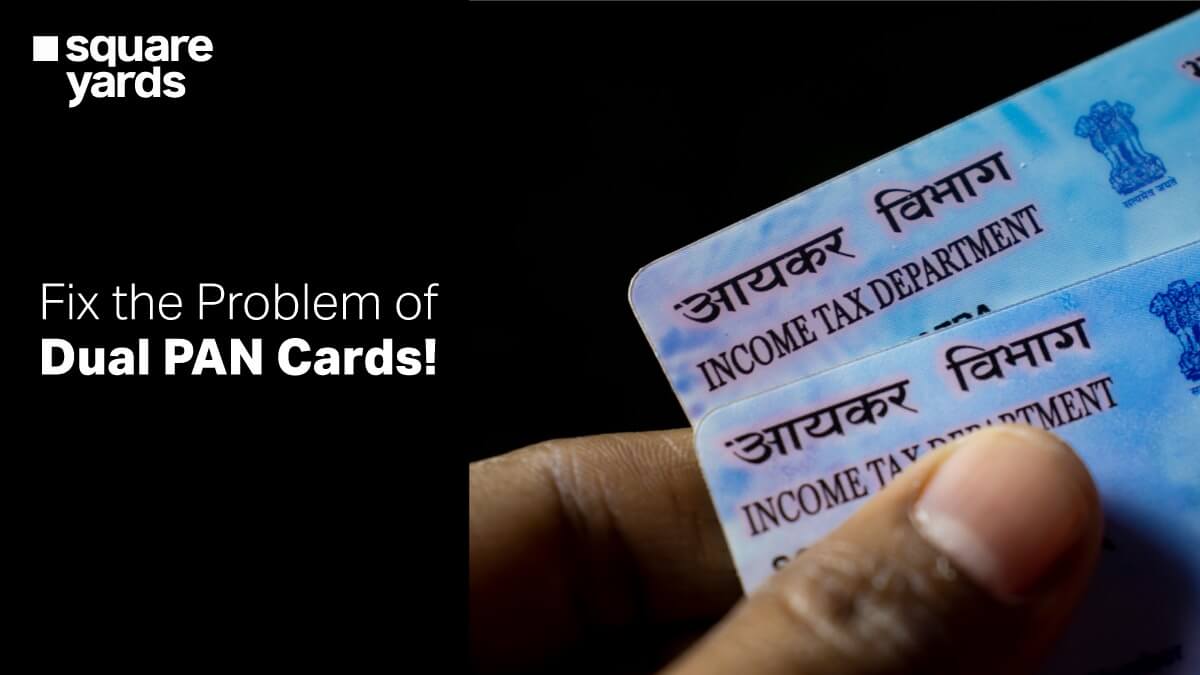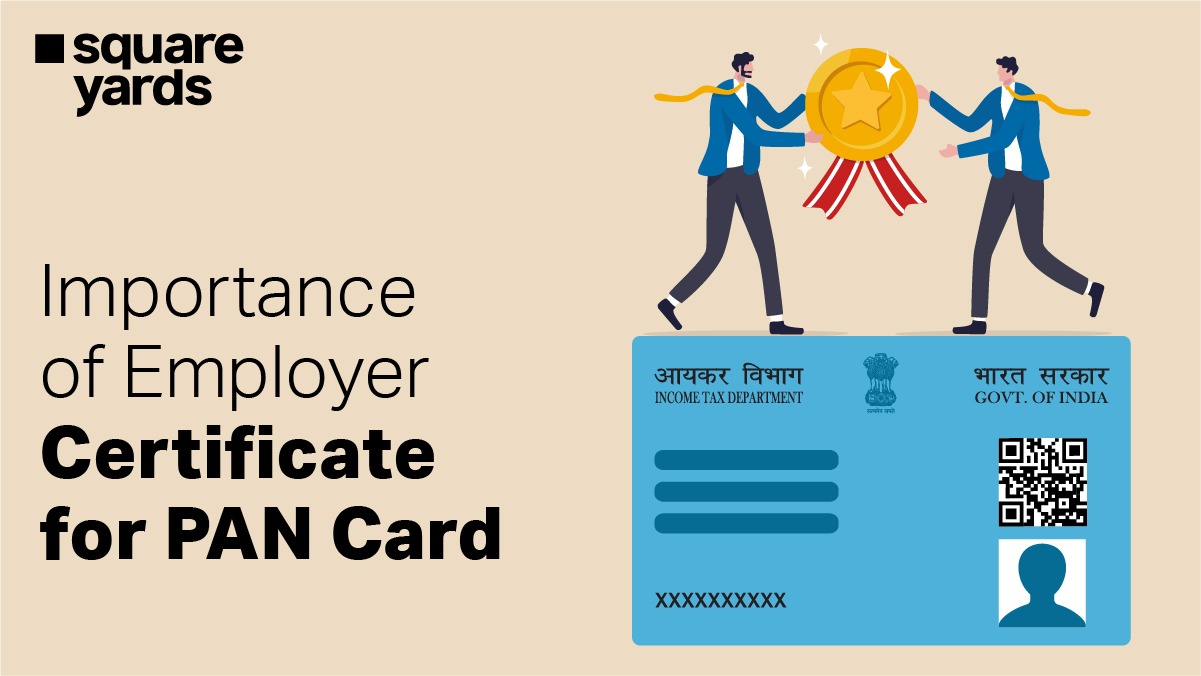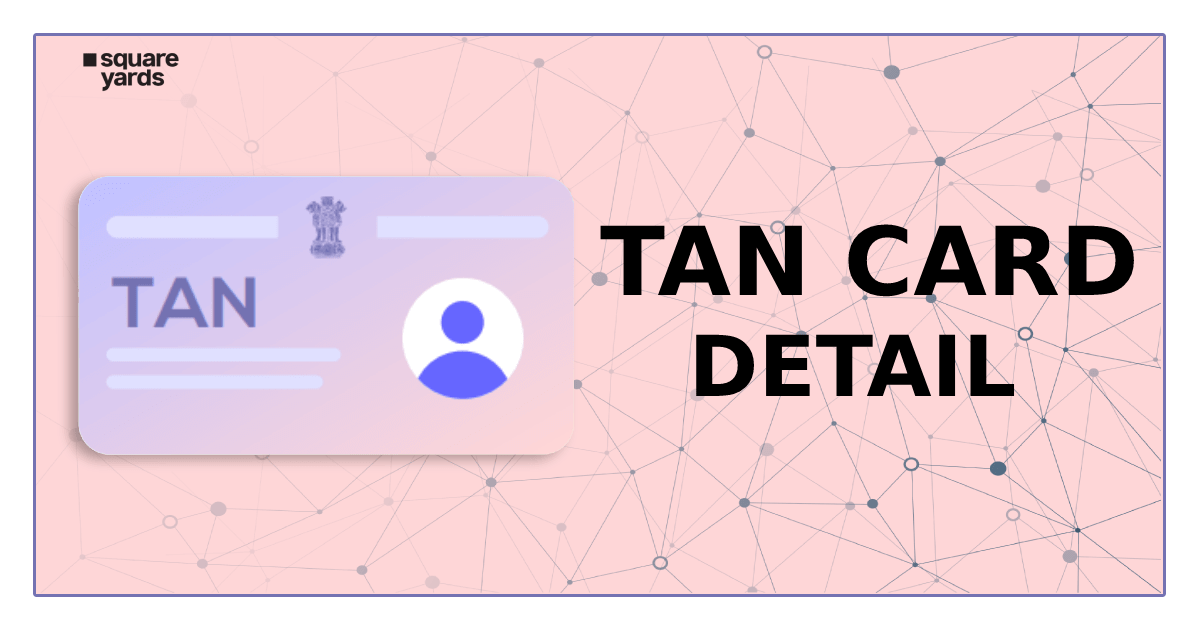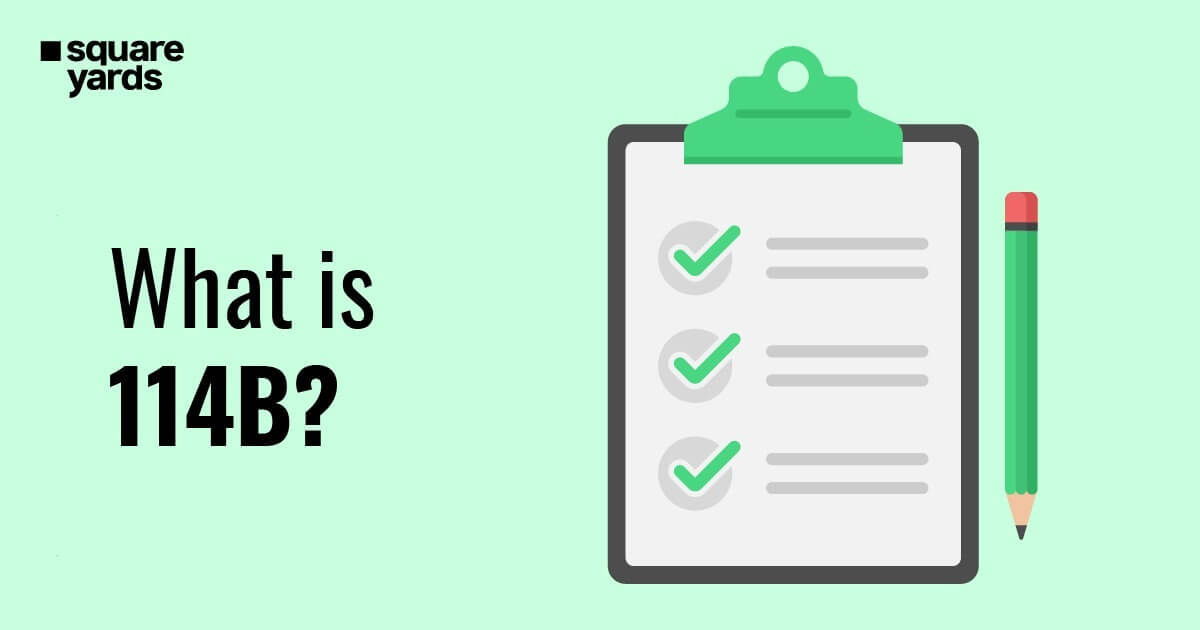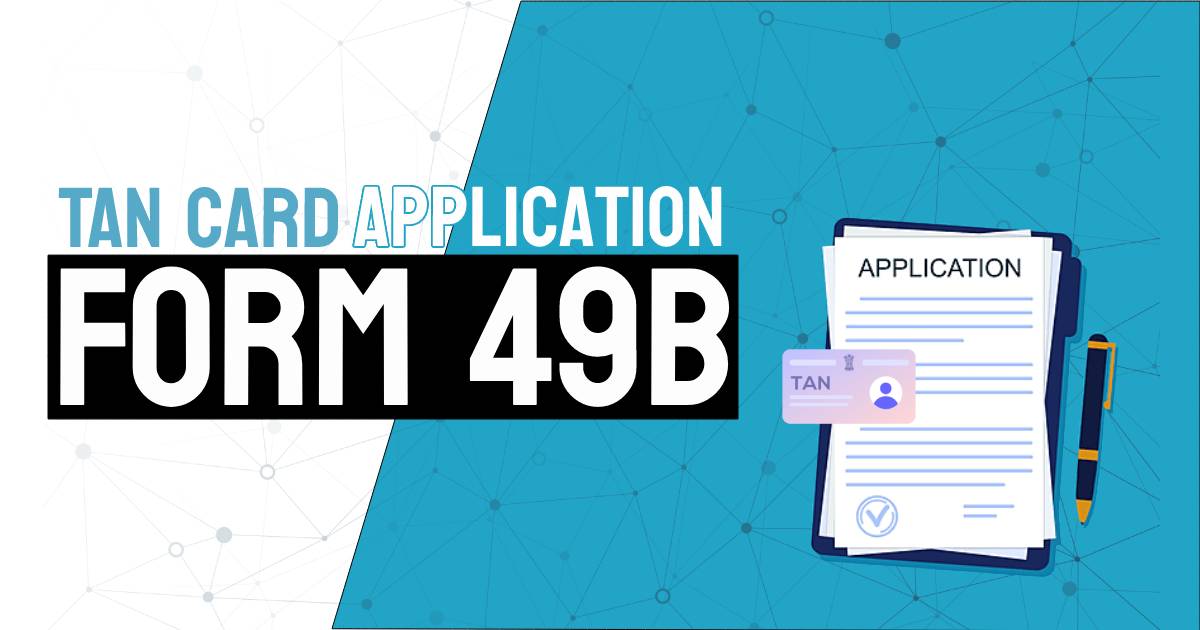We all have heard the term ‘savings account’ countless times. And, of course, not everybody is aware of the meaning or the benefits a savings account provides. Don’t worry, we are here to simplify things for you and make you aware of the basics of a savings account. Learn about the ABC of savings accounts and invest to make your future secure and financially safe.
Through this blog, you will be able to learn the meaning, working, and types of savings accounts. You will also get to know about the benefits, disadvantages, the process, and the documents required to open a savings account. We will also tell you about the best savings accounts so that you can invest your hard-earned money in the best possible way.
What Is a Savings Account
Let’s start by understanding the basic meaning of a savings account. A savings account is the most simple type of bank account which allows you to store your money at the bank or any financial institution without the hassle of carrying it around. The bank provides a little amount of interest on the money and you can withdraw the amount whenever you want. Though the interest provided is less than for example a fixed deposit, a savings account provides safety and reliability to store cash for short-term needs.
A savings account is the best liquid investment that can be encashed anytime and anywhere. Withdrawals can be made through withdrawal forms, cheques or ATM cards.There are of course limitations to the number of withdrawals you can make in a particular time period. Despite this, a savings account provides maximum flexibility and is considered the best emergency fund. The savings accounts provided by banks and other financial institutions are bound to provide interest on the money. Also, some savings accounts will offer you more interest than others.
How Does a Savings Account Work?
A savings account is available at most online banks, credit unions, brokerage, and investment firms, and community banks free of cost. The banks and credit unions have the leverage of altering the interest rate at any time. So the rate of interest would be variable. According to the basic principles of commerce, the more competitive the rate the more it is bound to fluctuate.
The institutions are pushed to adjust their deposit rates if there are changes in the federal funds rate. You should also research before investing your money in a particular bank/institution as there are some institutions that provide high interest savings accounts.
What are the Types of Savings Accounts?
There are some types of savings accounts that you will be able to find at any bank/financial institution. Often, banks also provide savings accounts under a government scheme. Here are some of them:-
- Regular Savings Accounts
This is the most simple types of savings account. You will be required to maintain a minimum balance in this account and it is perfect for your day-to-day transactions.
- Basic Savings Account or Zero Balance
The Zero Balance Saving Account is similar to the regular savings account but here you would not be required to maintain a minimum balance. This account also comes with an ATM/debit card which is beneficial for daily transactions.
- Women’s Savings Account
Similar to a regular savings account, this account is designed specifically for the needs of women. It requires a minimum balance to be maintained. It provides certain benefits on various transactions and shopping.
- Kids Savings Account
This savings account is designed to cater to the needs of parents if they want to put away a certain amount of money for their children. The additional benefit of this account is that if the parents give access to their children to use the money through debit cards, it could inculcate money management skills in them.
- Senior Citizen’s Savings Account
Tailor-made for senior citizens, this account provides investment and health-related benefits to the account holders. In addition to this, they also get insurance benefits and preferential rates on fixed deposits which is a great bonus.
- Family Savings Account
Also similar to the regular savings account, this account offers an entire family to reap the benefits from a single savings account.
- Salary Account/ Salary Based Savings Account
These accounts are usually opened by banks on a special request by big corporations or large companies to transfer their employee’s salaries in a systematic and organized manner. But, the employees handle their accounts themselves and are not required to maintain a minimum balance.
How Much Interest Is Provided on a Savings Account?
A savings account is a go-to option for all people who have a stable source of income in the form of a salary. It is also the perfect option for investors who are beginners.
Every bank in India provides to its savings account holders an interest that varies with time and competition. There are private and public banks in India with different rates of interest to provide you a decent return on your savings. The interest rate ranges from 2.50% to 7% depending on the bank.
The interest rate is calculated on a daily basis based on the closing amount of your account. It is also credited periodically. The accumulated interest will be credited to your account monthly, quarterly, or half-yearly depending on the policies of your bank.
Further, the income earned in the form of interest is accounted as ‘Income From Other Sources’. Interest earnings higher than Rs. 10,000 are subject to tax deductions. Additionally, no TDS is applicable to savings accounts. However, for NRI customers, TDS is deducted at 30% for interest earned on NRO accounts.
| Bank Name | Interest Rate on Savings Account (p.a.)* |
| Axis Bank Savings Account | 3.50% onwards |
| HDFC Bank Savings Account | 3.00% onwards |
| ICICI Bank Savings Account | 3.00%-3.50% |
| Kotak Bank Savings Account | 3.50%-4.00% |
| Yes Bank Savings Account | 3.50%-6.00% |
| IndusInd Bank Savings Account | 4.00% – 6.00% |
| RBL Bank Savings Account | 4.25%-7.50% |
| State Bank of India Savings Account | 2.70% onwards |
| Union Bank Savings Account | 3.00% onwards |
*Note:– The above-mentioned interest rates are subject to changes as per the banks’ T&Cs.
How to Select the Best Savings Account in India?
At times, choosing from a variety of banks and different rates of interest can be confusing. Here are some practical tips which can help you choose the most suitable bank for your savings account:-
- Opt for a bank which offers high-interest rates.
- Don’t just be tempted by high rates, ensure that these rates are offered with customer-friendly terms.
- Check out the additional benefits offered by the bank.
- Always take a look at the additional fees and charges levied by the bank.
- Never make a decision without comparing multiple options.
What is the Cash Withdrawal Limit in Savings Accounts?
There are various factors that should be taken into consideration before opening a savings account such as the interest rate, the charges related to liquidity, and more. One important factor which should be seriously considered before opening the account is the cash withdrawal limit levied by the bank/institution.
Every bank in the country imposes a cap on the withdrawal of cash from the savings account and it varies in number. Further, banks specify different ways to withdraw from a savings account. These generally include withdrawals via forms, ATM cards or cheques. Additionally, sick accountholders, or those who cannot come to the bank, can get money withdrawn by sending an authorisation letter, passbook and other documents specified by the bank through a third party.
Since ready liquidity is one of the primary offerings of a savings account, a borrower must carefully consider the withdrawal limit terms before deciding to open the account.
Have a look at the cash withdrawal limits of the following banks.
| BANK | CASH WITHDRAWAL LIMIT |
| State Bank of India | ₹25,000 per day |
| Punjab National Bank | Platinum₹50,000 per day Classic ₹25,000 per day Gold₹50,000 per day |
| ICICI Bank | ₹25,000 per day |
| HDFC Bank | ₹25,000 per day |
What much Balance should Keep in Savings Account?
One of the major benefits of a savings account is that the minimum balance required for a savings account is much lower than a current account. This also varies from bank to bank. Usually, an inability to maintain the specified balance invites a penalty from the bank.
Most of the banks require the account holder to maintain a monthly minimum balance ranging from ₹10,000 for metro cities, ₹5000 for semi-urban cities, and ₹2500 for rural cities. However, this data is only the average amount required for maintaining a savings account. It may vary depending on the services provided by the bank and their rules.
To make banking accessible for everyone, banks have also started offering Zero Balance Savings Accounts. These accounts do not require the account holder to maintain a minimum balance. Account Holders can enjoy all the benefits of a regular savings account with some modifications such as limited transactions and lower interest rates among others.
Savings Account : Advantages
Opening a savings account offers the following advantages:
- Develop a Habit of Savings: Savings accounts help streamline your savings by acting as a single storage facility. Developing a habit of savings helps accumulate heaps of money without even consciously thinking about it. This amount can be further used to finance new purchases, family trips and other expenses.
- Financial Growth: Account holders earn income, without putting in any effort, in the form of interest on savings accounts. This interest offers easy income over money which would’ve otherwise been lying idle.
- High Liquidity: Among the primary advantages of savings account is that it can be easily converted into cash anytime. Although banks levy a limit of withdrawals, these limits are usually customer-friendly and withdrawals can be made without any hassle.
- Additional Features: Banks offer multiple benefits to savings account holders. These include the option to open multiple accounts, rebates on maintaining a high balance and much more.
- Low-Risk: Savings account are considered among the safest financial products for storing your money. These are regulated by the RBI’s guidelines and also offer insurance cover as a protection against potential risks.
Savings Account : Disadvantages
Savings accounts do come with their share of shortcomings. Here are some disadvantages of opening a savings account:-
- Low and Fluctuating Interest Rates: Interest earnings on savings are not as high as some other financial products. Moreover, these rates constantly change as per the changes in the bank’s T&Cs.
- Maintaining Minimum Balance: Maintaining a minimum balance can be slightly demanding. Accountholders need to be vigilant of their transactions to avoid inviting any penalties resulting from insufficient account balances.
- Restrictions and Charges: Restrictions on the number of withdrawals and additional charges for various services are some other downsides to savings account.
How to Maximize Earnings From a Savings Account?
The majority of the banks provide a low rate of interest in India. But, there are certain online banks and credit unions that offer a comparatively higher rate of interest. Because they do not operate in the physical space they can offer a higher deposit rate in comparison to other banks.
The best way to maximize your earnings is to shop at different banks and compare the savings account interest rates. But, also be aware of the institutions that might try to rob you of your hard-earned savings. In cases where certain institutes seem to offer exponentially high interest rates, customers must proceed with caution and carefully go through all the terms and conditions.
Eligibility Required for Opening a Savings Account
The following people are eligible to open a savings account in India:-
- All Indian citizens
- The foreign nationals residing in India ( the foreign nationals must be residing in India for a period of more than 180 days)
- Hindu undivided families
- Minors who are above the age of 10 years can also request to open a savings account that could be operated by them. An ATM/debit card can also be issued to the minor. The account would have to be opened by the parents of the minor on his behalf.
How to Open a Savings Account?
With the simplification of banking services, opening a savings account is easier than ever. Customers can choose to open an account using offline or online banking services. Here are the simple steps to open a savings account in India:-
How to Apply for Savings Account Online?
Online application offers instant approvals at minimal documentation. Here are the steps for online saving account opening in India:-
- Visit the bank’s official website.
- Choose the ‘Savings Account’ option.
- Click on ‘Open An Account/ Apply Now ’.
- Fill out the required details and submit the application.
- Your savings account will be ready to use once the bank verifies all the information.
How to Apply for Savings Account Offline?
- After choosing the most suitable bank, visit their nearest branch to your home.
- Carry the necessary documents with you.
- Fill out the application form to open an account and attest the necessary documents with it.
- Submit the application to the bank representative along with the minimum balance amount.
- Authenticate via OTP or any other means as instructed by the representative.
- Upon completion, the account will be opened in your name and the kit (with cheque book, welcome guide, ATM card etc.) will be sent to the registered address within 7-10 days.
Savings Account : Opening Charges
Though in most cases the banks do not levy any opening charges, you should be aware of the additional fees and charges which may or may not be applicable while opening a savings account.
- If you do not maintain a minimum balance in your account the bank charges a fine which ranges between Rs 100 and Rs 650. This money is the operational charge that the banks have to pay to operate your account.
- Almost all the banks issue a debit card on the opening of a savings account, the charges of which range from Rs 100 to Rs 800. These charges depend on the type of bank and the services provided by them.
- The banks also charge extra fees to initiate some high-level internet banking transactions. NEFT, IMPS, and RTGS are some of the transactions that are not free of cost.
- You also have to pay the bank if your cheque bounces. The charges are higher if the bounced cheque was issued by you and not the third party.
All the charges mentioned above vary from bank to bank and the number of services provided by them.
Documents Needed to Open a Savings Account
Having a savings account is one of the safest ways to collect/save your money for any future emergencies or goals. You will require KYC authenticated documents and other identity proofs to submit an application to open a savings account.
The following documents that are accepted by the banks for opening a savings account. Please note that all the documents that you submit should be verified by the government.
- PAN card (Mandatory)
- Identity Proof: Aadhar Card/ Voter ID/ Driving License
- Address Proof: Utility Bills/ Aadhar Card/ Voter’d ID
- Passport size photographs
- Other documents are demanded by the bank.
You May Also Like
FAQ’s on Savings Account:-
Q1. Can I get a Personal Loan With the help of a Savings Account?
Ans: Yes, you can get a personal loan with the help of a savings account but there are numerous factors that you need to consider before doing so. Banks consider your credit score, assets, and liabilities before lending you the money. Even though opening a savings account does not reduce your credit score, the banks might also include the money in your savings account as a guarantee.
Q2. Which is better, a mutual fund or a savings account?
Ans: It depends on one’s financial goals. If you’re looking for a safe deposit with no intention to earn additional income, savings account is the right option. For those looking to multiply their money while bearing slight risk, mutual funds are the go to options.
Q3. Can You Use a Credit Card to Fund a Savings Account?
Ans: Yes, you can use a credit card to fund a savings account but it is not strongly recommended. You would be getting a little interest in your savings account and you would have to pay a higher credit card interest rate. So, you would be losing out on money.
Q4. Can I Convert my Savings Account into a Demat Account?
Ans: No, you cannot convert your savings account into a Demat account, you can only link it with your Demat account. By linking your savings account with your Demat account you can directly transfer money and buy/sell shares through your Demat account.
Q5. Can a Savings Banking Account be used for Online Transactions?
Ans: Yes, you can use your savings bank account to initiate various online transactions such as RTGS, IMPS, NEFT, etc. You can also pay bills online, apply for a loan, transfer funds to another bank account, and more.
Q6. How much money can be deposited in a Savings Account?
Ans: There are no restrictions on overall balance in a savings account. However, cash deposits in a single financial year are capped at Rs. 10 lakhs. Further, cash deposit upto only Rs. 1 lakh can be made in a single day as per the RBI’s guidelines.
Q7. Which bank is best for Zero Balance Account?
Ans: Renowned banks like Kotak Mahindra Bank, IndusInd Bank and IDFC Bank offers zero balance savings account. While choosing a bank depends on personal preference, factors like interest rate, charges, transaction limits etc. must be carefully considered.
Q8. How Much to Keep in Your Savings Account?
Ans: Ideally, having a huge amount of money in your savings account would seem to be a good idea. But there is more to it than that! The ultimate purpose of savings becomes your guide in determining how much money one would want to keep in savings account.
For those seeking accumulation of funds, saving significant amounts in the account is a good option. Usually, experts suggest keeping roughly the same amount as your 6 months’ living expenses. In such a scenario, the account acts as an emergency fund or a deposit which is specifically planned for some short-term goal. Since the interest rates are nominal, one should not expect to make unimaginable returns on these savings.






